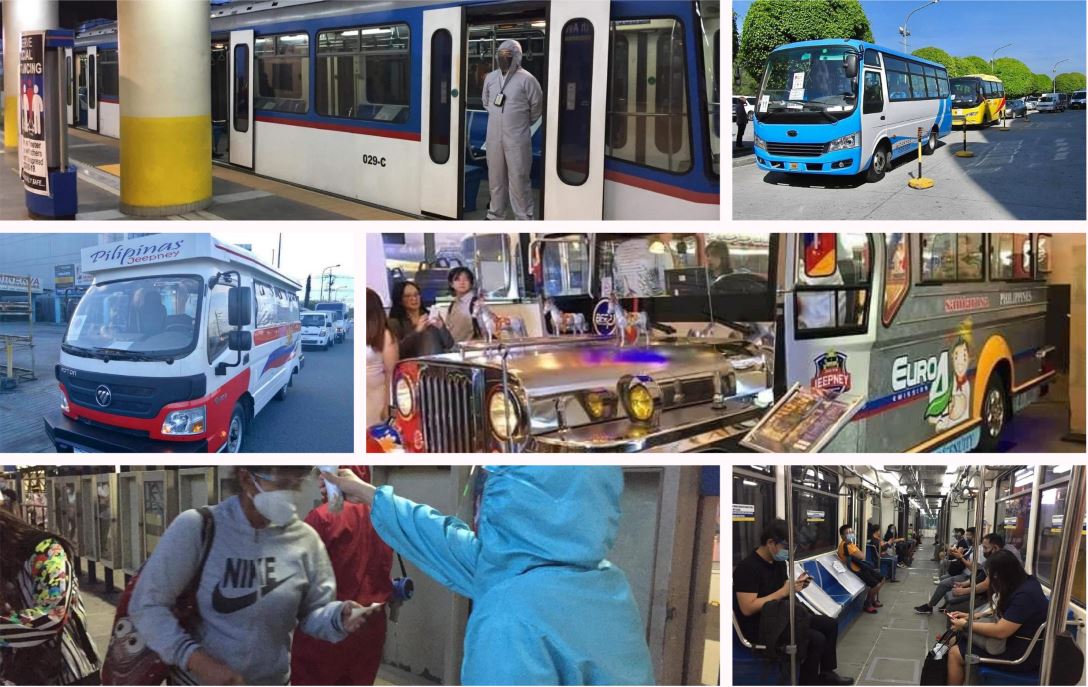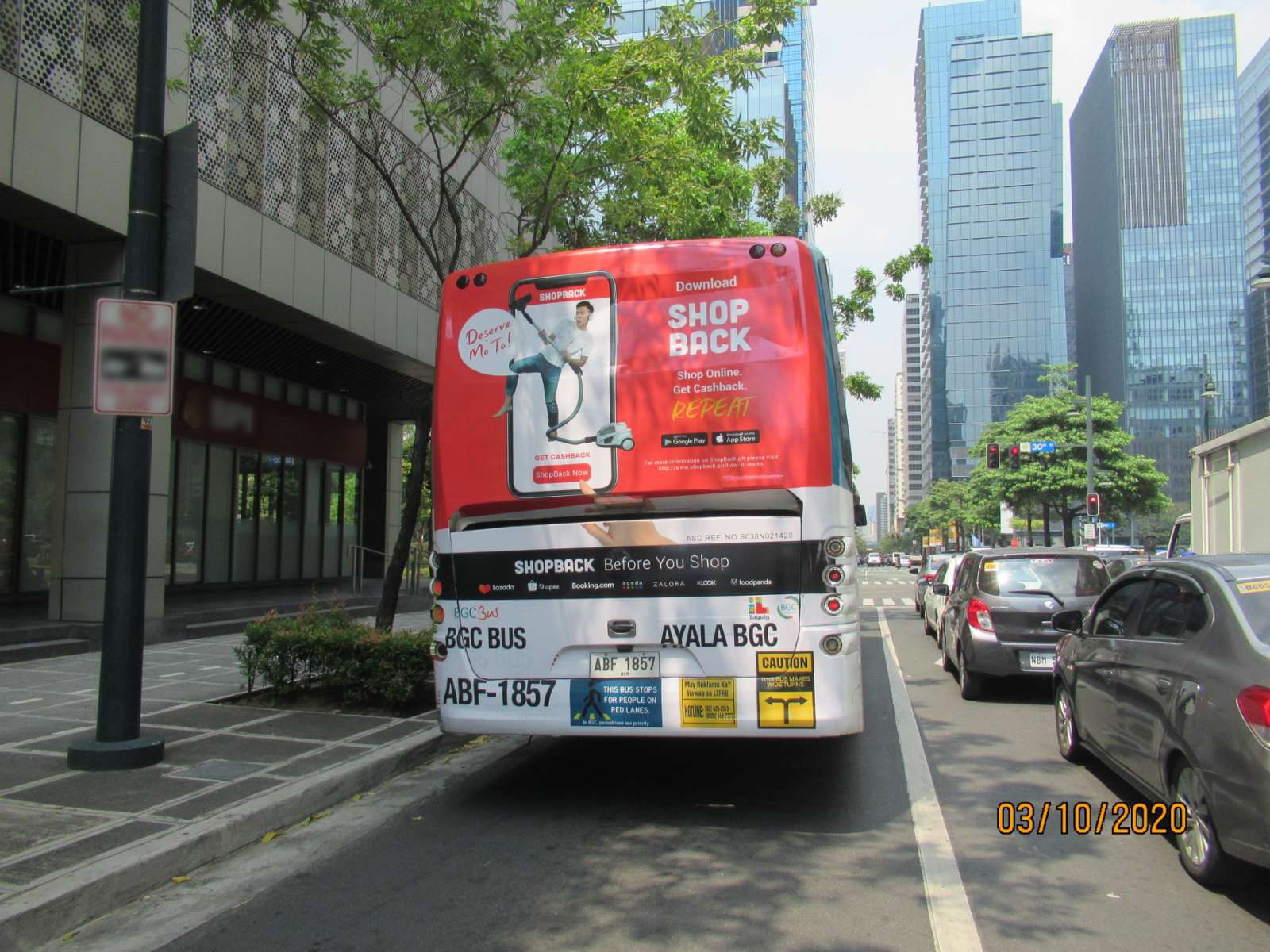Budget-friendly Transit Advertising Philippines for Brand Recognition
Budget-friendly Transit Advertising Philippines for Brand Recognition
Blog Article
An In-depth Examination of the Methods and Techniques for Effective Transportation Advertising Campaigns
Transportation ad campaign provide an one-of-a-kind opportunity for brand names to involve with varied target markets in dynamic settings. To achieve success, it is crucial to comprehend the subtleties of target demographics, carry out cutting-edge style approaches, and select ideal positioning areas. In addition, the efficiency of these projects can be dramatically enhanced by closely keeping track of efficiency metrics and adapting methods appropriately. As we explore these essential parts, it comes to be clear that the path to an impactful transit advertising approach is both rewarding and detailed, increasing the inquiry of just how best to navigate these intricacies for maximum brand visibility.
Understanding Target Demographics
Comprehending target demographics is crucial for the success of transportation marketing campaign (Transit Advertising Philippines). Recognizing details target market segments allows marketers to tailor their messages properly, making sure that the content resonates with the desired audiences. This technique enhances interaction and takes full advantage of return on investment
To successfully analyze target demographics, marketing professionals must take into consideration a number of crucial aspects, including age, revenue degree, line of work, and lifestyle choices. For circumstances, a campaign intended at young experts might concentrate on comfort and modernity, while one targeting families may highlight safety and dependability. Moreover, geographic elements such as urban versus rural setups can substantially influence customer habits and preferences.
Information collection approaches such as studies, focus groups, and social networks analytics give useful understandings into market trends and customer behaviors. By leveraging this info, advertisers can craft compelling stories that line up with the values and demands of their target audience.
Inevitably, recognizing target demographics not only informs the strategic direction of transit marketing campaign however likewise makes sure that resources are alloted successfully. This targeted approach enhances the likelihood of accomplishing project purposes, fostering brand commitment, and driving conversions.
Innovative Design Techniques
Efficient interaction with target demographics depends heavily on cutting-edge creative layout techniques in transit ad campaign. To properly capture attention in a congested visual environment, developers need to focus on clarity and aesthetic effect. Making use of high-contrast aspects and bold colors can boost visibility, making certain that messages are easily readable from a range.
Integrating vibrant imagery that reverberates with the target audience is critical. Aesthetic storytelling methods can evoke emotions and produce remarkable associations with the brand. In addition, critical usage of typography helps convey essential information rapidly; suitable dimensions and legible typefaces even more improve readability.
Including interactive elements, such as QR codes or increased truth functions, can engage commuters beyond passive observation (Transit Advertising Philippines). These methods not only advertise individual communication yet also link the space in between typical marketing and electronic engagement
In addition, using space artistically-- whether on bus wraps, transit shelters, or metro ads-- can result in ingenious designs that break the mold of traditional advertising and marketing. By welcoming imaginative imagination while maintaining brand uniformity, campaigns can promote a strong connection with their audience, ultimately driving both awareness and activity. The integration of these style methods is extremely important for accomplishing effective transit marketing end results.
Strategic Positioning Methods
Optimizing the influence of transportation marketing depends upon strategic placement techniques that make sure ideal visibility and involvement. Reliable placement entails understanding and examining high-traffic home locations guest demographics to identify the most helpful locations for ad screens. For example, placing advertisements near entrances and departures of transportation lorries can record the focus of boarding and alighting travelers, hence improving direct exposure.
Furthermore, making use of both exterior and interior surfaces of transportation automobiles can considerably widen reach. Exterior ads, noticeable during commutes, engage pedestrians and other vehicle drivers, while interior ads target guests in a restricted environment. Furthermore, placing ads en route centers, such as bus terminals or train stations, permits increased perceptions as travelers shift between various modes of transport.
Timing is likewise crucial; lining up the project launch with peak traveling durations optimizes audience engagement - Transit Advertising Philippines. Additionally, leveraging electronic screens in transit environments can promote vibrant web content, providing real-time updates and boosting user interaction. By utilizing these strategic positioning approaches, marketers can make sure that their transit ad campaign accomplish optimal visibility, reverberate with the target market, and eventually drive preferred outcomes

Gauging Campaign Performance
To assess the success of transit marketing campaign, it is important important source to employ a selection of measurement strategies that give understandings right into target market involvement and overall performance. One key approach is the usage of crucial performance indications (KPIs), such as reach, perceptions, and interaction prices, which evaluate the number of people checked out the ad and communicated with it.
Surveys and emphasis groups can additionally contribute in evaluating customer perceptions and recall, permitting marketers to comprehend the influence of their messaging. Furthermore, tracking site traffic and social media sites interaction throughout and after the project aids gauge straight actions to the advertising.
Another efficient strategy is making use of location-based analytics, which can provide information walking traffic around specific transportation places, supplying understandings into whether the campaign successfully caught the attention of travelers. Additionally, assessing sales information can expose relationships between transportation advertising and marketing and raised profits, offering tangible evidence of a project's efficiency.
Case Studies of Success
Recognizing the performance of transit advertising and marketing campaigns through dimension techniques lays the foundation for examining real-world examples that illustrate effective end results. By using geo-targeted digital advertisements and analytics, the brand name determined a 30% boost in sales in regions where the wraps were prominently presented, showing the straight impact of transit advertising and marketing.
An additional engaging click for info example originates from a neighborhood nonprofit organization that introduced a campaign on train platforms to advertise a neighborhood occasion. The organization incorporated lively visuals with QR codes routing commuters to an enrollment web page. Post-campaign evaluation exposed a 50% rise in event presence compared to the previous year. The use of direct involvement via technology amplified the campaign's reach and effectiveness.

Conclusion
In summary, successful transportation ad campaign necessitate a detailed approach that integrates an understanding of target demographics, ingenious design methods, and critical placement. By focusing on psychological involvement with vibrant visuals and optimizing exposure during top traveling times, brands can significantly improve their effect. Additionally, ongoing measurement of project performance with essential efficiency signs and consumer feedback makes certain continual improvement. Collectively, these methods foster brand presence and optimize the return on investment en route advertising and marketing initiatives.
Understanding target demographics is important for the success of transportation advertising projects.Reliable interaction with target demographics relies greatly on innovative creative style strategies in transportation advertising projects. By using these critical placement methods, marketing experts can ensure that their transportation advertising and marketing campaigns attain maximum exposure, reverberate with the target audience, and inevitably drive desired results.
Understanding the performance of transit advertising and marketing projects through measurement techniques lays the foundation for examining real-world examples that illustrate effective outcomes.In recap, successful transportation advertising and marketing campaigns demand a detailed method that integrates an understanding of target demographics, cutting-edge style strategies, and critical positioning.
Report this page